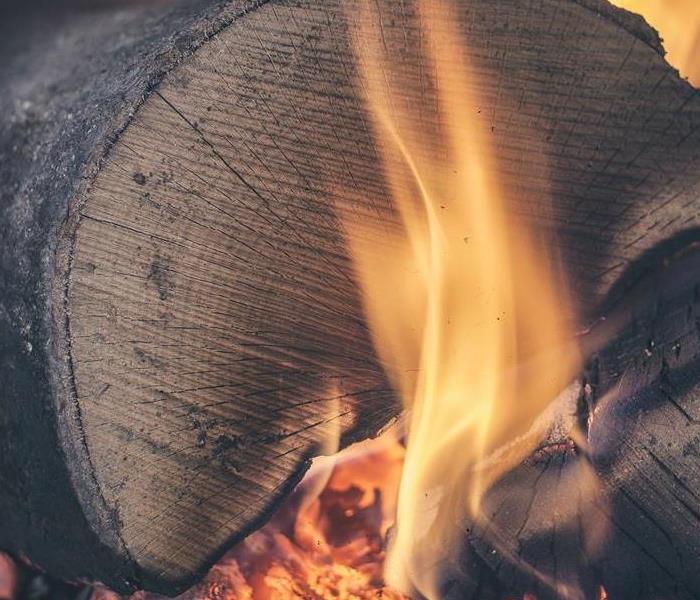The Cleanup Process Begins with Identifying the Type of Smoke & Soot
8/22/2019 (Permalink)
Not all smoke is created equal. Smoke and soot are the byproducts or residue of a fire. The type of smoke damage depends entirely on what burned in your home or business. In the blog below, we will cover the main types of smoke damage and how the smoke and soot residue is different.
Types of Smoke Damage
Wet Smoke
Wet smoke is one of the hardest to clean up and can easily make a mess. This type of smoke results from smoldering fires with a low temperature. The smoke is thick and sticky and smears easily if touched. It easily clings and builds up on walls, furniture, ceilings, and other surfaces. It is very difficult to clean up and it is always a good idea to contact a fire damage professional to clean it up. It also leaves a strong lingering odor if not properly cleaned up.
Dry Smoke
Dry smoke is usually much easier to clean up. It comes from much higher temperature fires like paper, wood, or synthetic materials. The smoke is usually less black and more powdery from paper and wood. With dry smoke, you have to worry about it penetrating small cracks and grooves in everything it comes into contact with. This can include wood, wallpaper, fabrics, carpets, wood floors, tile grout, and electronics. While it is easy to clean off of flat surfaces, if you don’t get it out of all the crevices and spaces, it will leave behind a stinky odor.
Protein Smoke
Protein smoke usually occurs in the kitchen as a result of food catching on fire in the oven or on the stovetop. Protein smoke also naturally occurs just from cooking and can build up on surfaces over time. The smoke is usually light in color and tends to discolor surfaces surrounding the cooking appliances like the ceiling, walls, and counters. The smell of protein smoke can be very strong and stinky especially from a large food fire in a kitchen. The smoke residue is also very greasy which makes it really difficult to clean. Cleaning up this residue requires professional cleaning materials that are made for protein-based smoke residue.
Petroleum Smoke
Petroleum smoke is usually the result of a fire from cooking oils or fuel oils. Petroleum smoke is very dark and thick. Due to the flammability of the oils, the smoke is usually pretty significant and can quickly fill up a room or home. It can easily discolor any surface it comes into contact with including ceilings, walls, and floors. It can also ruin any porous materials like furniture, flooring, and drapes if not treated quickly. Due to the amount of smoke residue it can cause and the difficulty in cleaning it, it is highly recommended that you contact a fire damage restoration company like SERVPRO of Indianapolis West.
Contact the Fire Damage Restoration Experts at SERVPRO of Indianapolis West
If you should suffer fire and smoke damage to your Indianapolis home or business, contact the fire damage restoration pros at SERVPRO of Indianapolis West. They have the equipment, knowledge, and experience to clean up and restore fire and smoke damage. Day or night, 24/7, they’re ready to answer your call and quickly clean up and restore fire and smoke damage to your home or business.






 24/7 Emergency Service
24/7 Emergency Service
